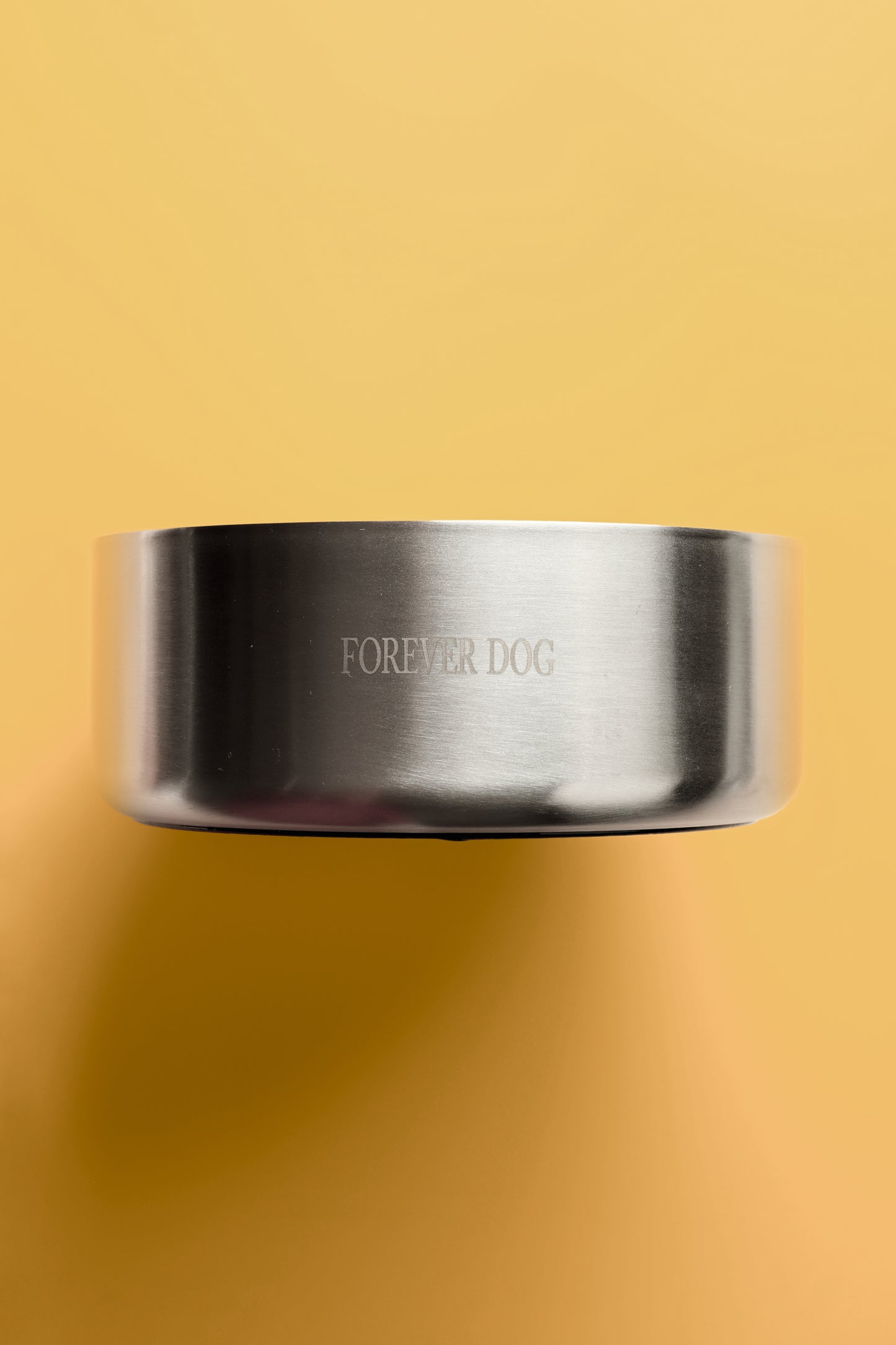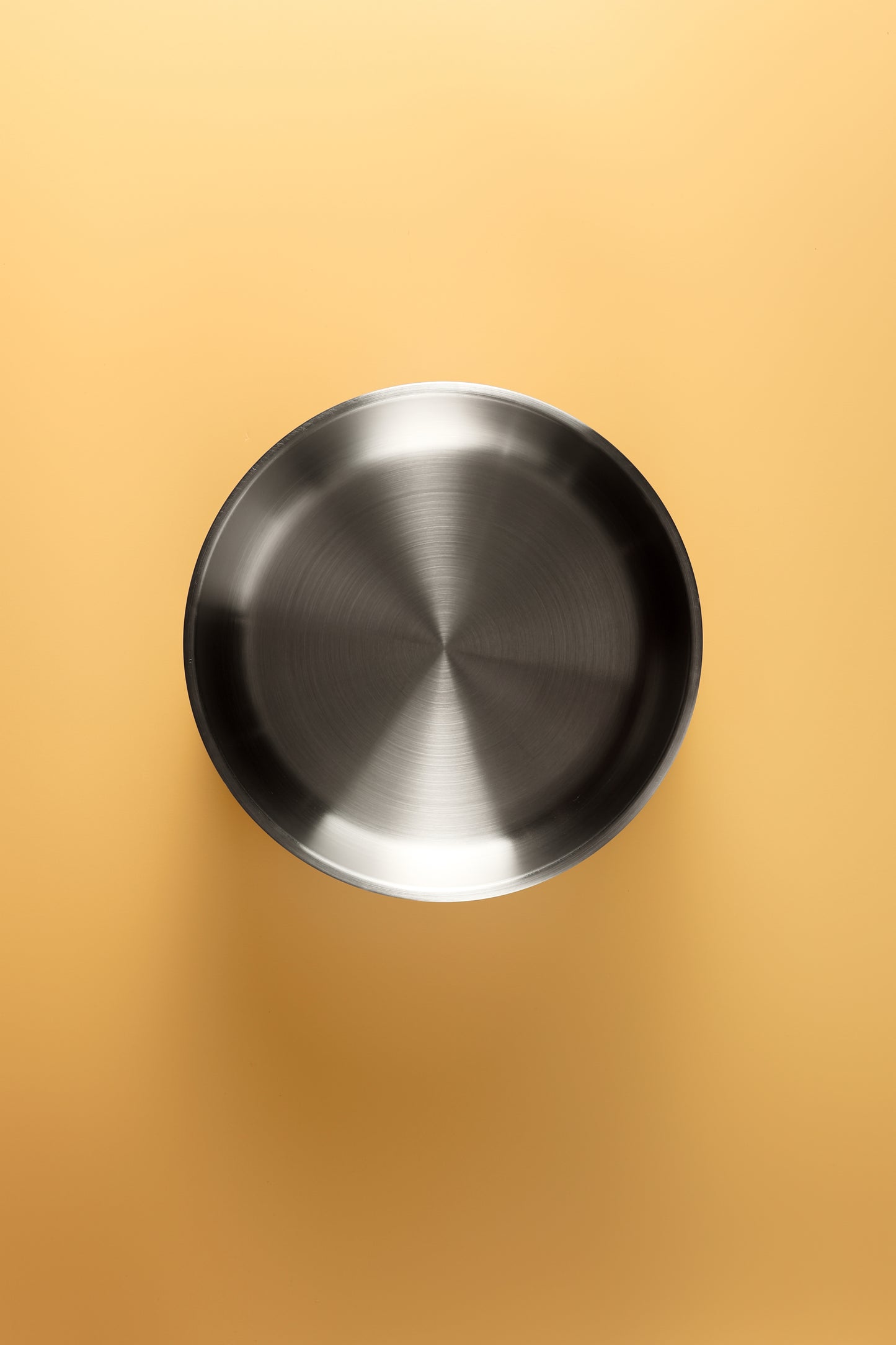Planet Paws Media LLC
Stainless steel “FOREVER DOG" bowl
Stainless steel “FOREVER DOG" bowl
Couldn't load pickup availability
Our double-walled stainless steel bowls are made from 304 kitchen, food and utensil-grade stainless steel.
What’s the difference between 18/8 (not to be confused with 18 gauge), 304 and 201 stainless steel? They’re all popular grades of metals for kitchen utensils, appliances and surgical instruments. The main difference lies in their alloy composition. By definition, stainless steel is an alloy that contains at least 10.5% chromium, giving it its trademark corrosion and rust resistance.
18/8 stainless steel also contains 18% chromium and 8% nickel, making it durable and resistant to corrosion. It's commonly used for cutlery, pots, and pans. 304 stainless steel, on the other hand, contains 18% chromium and 8% nickel as well, but it also has a small amount of manganese. It's widely used in many industries due to its excellent corrosion resistance, so it is a better choice for water bowls. 18/8, 304 and 201 stainless work all well for food dishes.
304 stainless steel offers superior corrosion resistance compared to 201 stainless steel, it is also stronger and more durable than 201 stainless steel, making it suitable for applications requiring higher strength and durability (think working sheepdogs that carry around their bowls on the farm—304 worthy, vs. indoor cat bowl— 201 works fine).
201 stainless steel is often used in food service and for kitchen utensils and medical applications, including surgical instruments. 201 stainless is less corrosion-resistant than 304 steel, so it’s more susceptible to rust in harsh environments. If you’re looking for an outside water bowl, choose our 304 stainless bowls. Our snack plates are made with 201 stainless steel and meant for indoor use, as a paper plate replacement for nibbles, treats and small bites.
The term “gauge” refers to the thickness of metal, not the alloy composition of the metal. The higher the gauge the heavier the bowl. Gauging stainless steel is a process by which the thickness of a sheet of metal is measured; the higher the gauge number, the thinner the metal, so 16-gauge stainless steel has a greater thickness than 18-gauge stainless steel, which is thicker than 20-gauge stainless (in case you wanted to know). Our stainless steel bowls are 18 gauge.
Share




